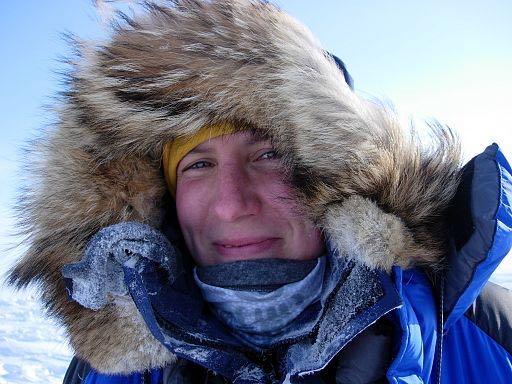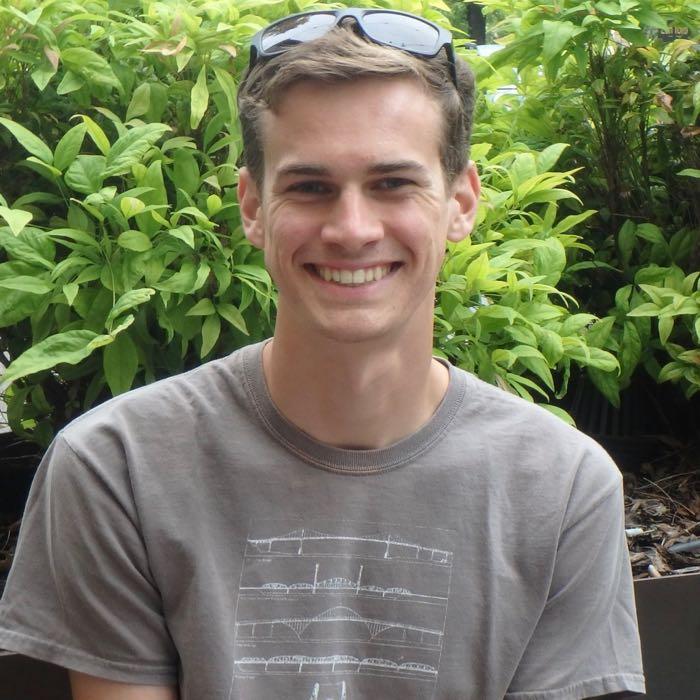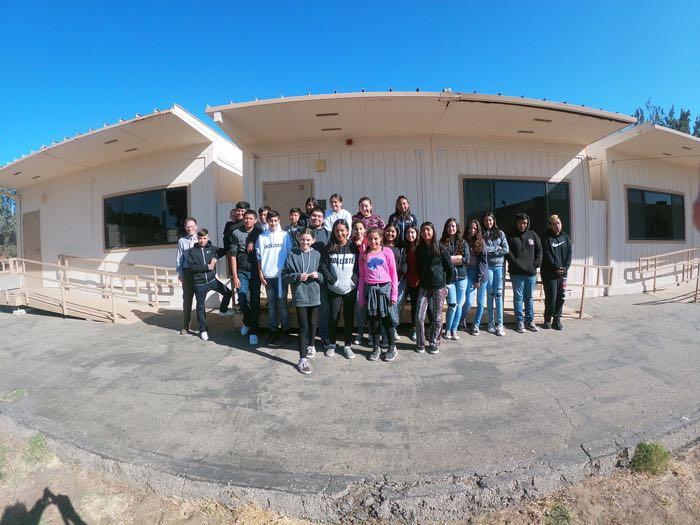Antarctic Fact of the Day-
 Felicity_Aston_
Felicity_Aston_
British explorer, author and meteorologist Felicity Aston was the first person to use only her own muscle power to ski across Antarctica. She made this trek between 2011 and 2012 in just 59 days. The total distance for this expedition was 1,084 miles from the Ross Ice Shelf to the Ronne Ice shelf on the opposite coast. She went through the Transantarctic Mountains to the South Pole, and then through two more mountain ranges until arriving at her destination on the coast in January of 2012. She has since written a book about this journey titled, "Alone in Antarctica." Read more about this amazing modern day explorer at http://www.felicityaston.co.uk/
Meet our Scientists
 Andrew Naslund, UC Davis
Andrew Naslund, UC Davis
Andrew plays an integral role in the B-207 team. He is a lab technician extraordinaire. Besides being able to run a lot of complicated equipment, creatively solve problems and run technical computer software, he's just a really nice guy too.
Andrew grew up in San Diego California. It was there that he developed his love of the marine environment and concern for the effect humans are having on our world. Andrew just finished his Bachelors of Science degree from UC Davis. He said that he became interested in science as a way to understand, and maybe help mitigate, the human induced challenges fish are encountering. He is taking a break from his studies this year to help Dr. Todgham run her project studying the effects of future ocean conditions on Antarctic fish.
Dr. Todgham commented about Andrew, "Andrew came down with our group as an undergraduate student last year. In addition to having done a research project on Antarctic fishes in his junior year, Andrew has an amazing skillset in building and fixing equipment - something that my field team needed. What I've learned about Andrew over the last two years is how good he is at communicating science. Andrew can take the most complex topic and break it down into distillable building blocks for whatever audience he engages.”
Andrew is not certain where he will continue his studies. He is looking at several different universities. I'm sure anywhere he chooses, they will be lucky to have him.
Shout out!
 San Lucas Elementary School 6th-8th Graders
San Lucas Elementary School 6th-8th Graders
Today's shout out goes to the middle schoolers from San Lucas, California! I really enjoyed getting to meet you all last month and look forward to stopping by again with lots of pictures when I return.
Help me Out
So, I really need your help. Dr. Todgham has given me a chance to run some of my own experiments on some of the fish we collected. They have a few extras of a species that we are not using. What types of questions are you interested in looking into? It needs to be a fairly short term experiment, as I only have a few more weeks down here. Time is sure flying by. Any ideas out there???


Comments
Add new comment